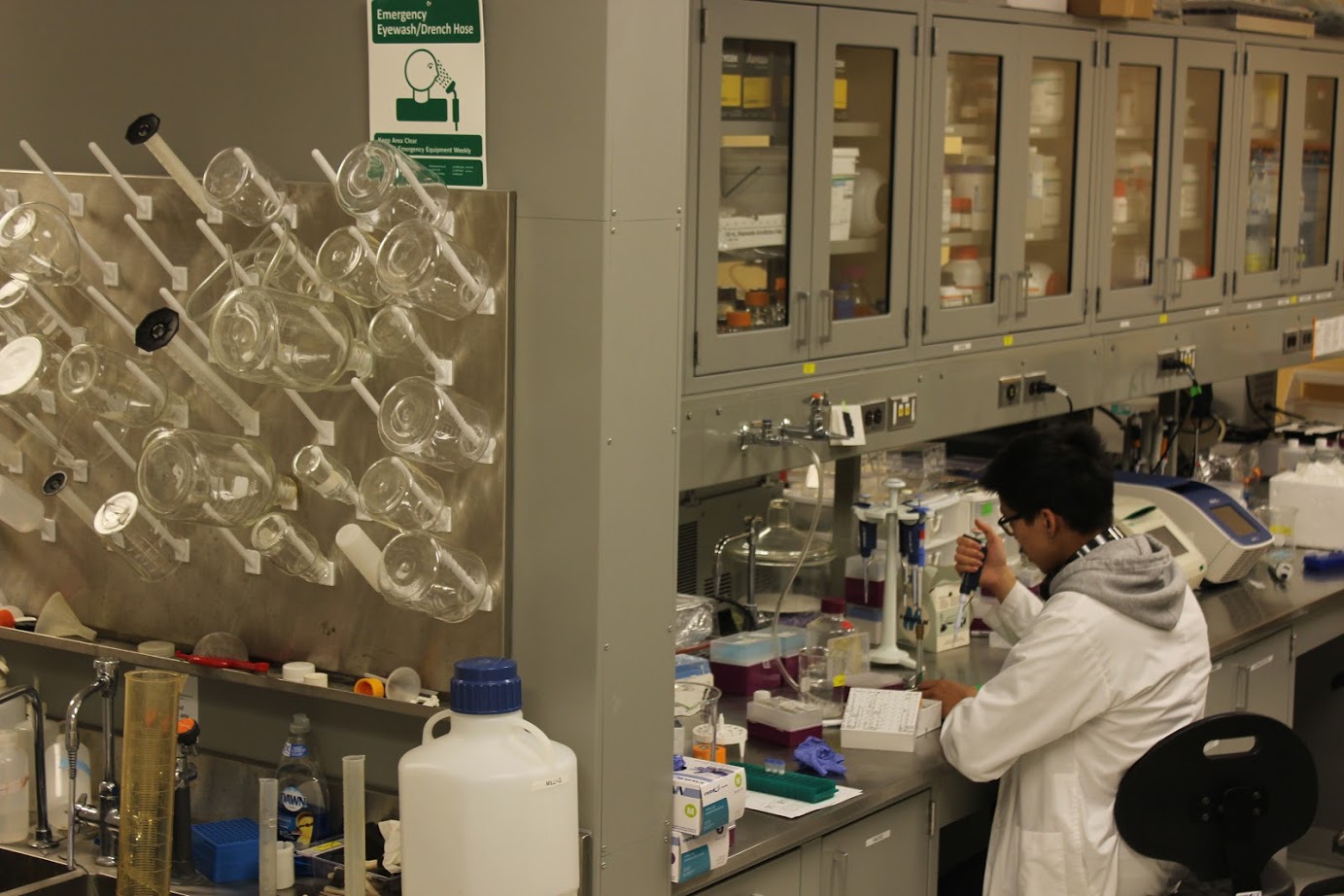
Research
UNDER CONSTRUCTION - RENEWAL
COVID Immunity in a Campus Population at the Dawn of Vaccine Distribution
COVID-19 is not going away. Even when (and If) vaccines become available, it is not clear that they will prevent the disease, or its spread. Therefore, we, as a society, need to understand how we will function with it present, especially in places where people gather in large numbers or a required to live in close proximity, like campuses of Universities and Colleges. What is required is an immunity profile of the symptomatic and asymptomatic individuals in these locations (and this is different then an immunity passport). Only when this has been collected can we begin to understand and establish the factors that lead to the greatest risks of contracting and spreading the disease. Even though the University of Waterloo (UWaterloo) is conducting the majority of their undergraduate and graduate classes online, there are online components that require students to be in the city; many students, especially international students in their upper years, have returned to live in the city: both on and off campus even though they are studying online. Given the non-sustainability of online learning beyond the short term, students will likely return to campus for some version of in-person learning in the future while the risk of SARS-CoV-2 infection remains present. Not only does the University of Waterloo pride itself on its didactic practices, there is an in-person social network that facilitates and strengthens learning that can not be recreated on-line, despite the overwhelming number of social media and networking platforms and apps. Furthermore, despite having fewer students on-campus at this time, research and support staff, as well as maintenance and custodial staff, continue to work on campus and graduate students enrolled in experimental research programs are gradually being allowed to return to their thesis work. Therefore, the campus community will be constantly at risk for SARS-CoV-2 transmission, despite the use of mitigating measures. UWaterloo has implemented a COVID19 molecular testing center at Health Services to serve the campus community, which is acting as a sample collection center for students, faculty and staff. Given that we are an engineering lab able to efficiently produce proteins via transfection of mammalian cells, we are generating high-quality ELISA assays which we are then using in conjunction with Brian Dixon's Lab and St-Mary's Hospital, to quantify symptomatic and asymptomatic individuals; to understand the differential spread of the virus, in different sexes, blood groups and age groups exposed to similar risk levels in approximately the same environment; to combine the data from the above studies to develop profiles of COVID19 symptomatic and asymptomatic individuals on a university campus; and to compare antibody and memory T cell responses in COVID19 patients (in conjunction with McMaster University).
Adaptation of Vero cells to Suspension Culture
One of the most important developments in the history of virus vaccine development was the demonstration of virus propagation in various cell lines. Most cells for vaccine production are mainly based on established animal cells, such as MRC-5 human diploid cells, Madin-Darby Canine Kidney (MDCK) cells, chicken em¬bryo fibroblasts and Vero simian kidney epithelial cells. Vero cells, which are derived from the kidney of the African green monkey, considered as one of the most productive and flexible continuous cell lines available for vaccine manufacturing because they were shown to be free of oncogenic potential by the regulatory authorities such as the World Health Organization (WHO). However, these cells are anchorage dependent, which greatly complicates upstream processing and process scale-up. As biopharmaceutical industry is always concerned with increasing productivity while decreasing costs, researchers are competing to bring novelties to the field of cell culture technology. For these reasons, adaptation of Vero cells to grow in suspension will simplify sub cultivation and process scale-up significantly, and therefore reduce the production cost. Successful adaptation of adherent Vero cells to grow in suspension in a serum-free and animal component-free medium contributes to reach this objective.
Genetic Manipulation of Microbial Communities via Bioaugmentation
Targeted genetic manipulation of microbial populations in situ is an emergent biotechnology that is being explored to eliminate antibiotic resistance in pathogens. This can be done through bioaugmentation, a technique that introduces an engineered strain of bacteria that spreads a plasmid (i.e. a circular piece of DNA) to other native bacteria in the environment. While bioaugmentation with engineered bacteria has demonstrated proof-of-principle results in lab-grown monocultures, there is uncertainty on how it will perform in natural environments. This problem is difficult to address because environments like water, soil, and the mammalian gut are composed of microbial communities that have complex ecological interactions. Furthermore, some environments have unique spatial features that can influence the structure and composition of their respective microbial communities. To make sound and ethical progress on bioaugmentation, standardized tools are needed to predict the outcomes of genetically manipulating natural microbial communities. However, these tools are lacking even for simple cocultures grown in the lab. The long-term goal is to apply bioaugmentation to more complex microbial ecosystems. Working towards this goal, two premises will be explored: 1) how ecological interactions between microbes influences horizontal gene transfer, and 2) how bioaugmentation can alter the stability of a microbial community. This will be explored through experimental and computational approaches. The work will result in microbial community design tools that predict bioaugmentation performance and the consequences of artificially altering microbial communities.